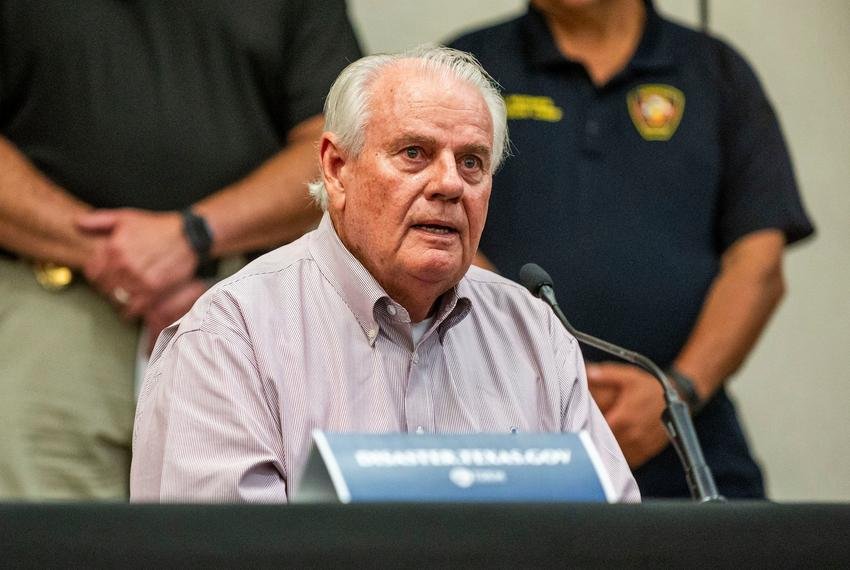The iPhone needs a shakeup. It could get one as soon as September 9, when Apple is expected to announce an all-new slimmer model of the iPhone, potentially called the “iPhone Air,” alongside the iPhone 17 and new Apple Watch models at its marquee annual event.
That kind of overhaul would be the first dramatic redesign of Apple’s signature product since 2017, when Apple released the iPhone X, the first model without the familiar home button and with Apple’s now-ubiquitous Face ID technology. That shift set the stage for iPhone generations to come.
But the iPhone Air, which Bloomberg reports will be announced at this year’s event, may play a different role. Rather than setting the stage for the iPhone’s future, an iPhone Air could add more variety to the iPhone lineup for customers who want something different, analysts say.
Apple needs the help. While iPhone sales have been strong, as Apple’s most recent earnings report indicated in July, consumers are only upgrading when they feel new features are worth it — and that’s happening less often now, according to market research firm Consumer Intelligence Research Partners.
And unlike Android rivals Samsung and Google, which have leaned into artificial intelligence on their smartphone software, Apple Intelligence is expected to take a back seat during Tuesday’s event, even as perceptions continue that the company lags in AI.
Apple could also set to rest questions of whether tariffs will raise iPhone prices.
But there’s a bigger question looming over all of this: Can Apple’s blockbuster, 18-year-old product still excite consumers?
Apple did not immediately respond to CNN’s request for comment.
When Google unveiled the Pixel 10 lineup in August, pre-empting Apple’s iPhone announcement, its Gemini assistant was front and center. Rick Osterloh, Google’s senior vice president of platforms and devices, kicked off the launch event with an overview of the company’s vision for Gemini, claiming the digital helper can “unlock so much helpfulness on your phone.”
One of the Pixel 10’s hallmark new features is a tool called Magic Cue, which uses AI to analyze what you’re doing on your phone and suggest the next action.
Samsung similarly touted the AI capabilities on the Galaxy S25 — its flagship phone that competes with the iPhone — as a major selling point when it unveiled the device in January. One such feature allows users to do a multi-step task, such as looking up the schedule of a sports team and adding it to their calendar, with one voice command.
But analysts say Apple is too behind in AI to take that approach. Instead, it’s expected to focus more on hardware advancements than AI.
Ted Mortonson, a technology strategist at Baird, said Apple’s AI advancements likely aren’t ready yet, adding that the company is under pressure to impress when it does deliver new AI tools or else it could risk losing customers to Samsung and Google.
Earlier this year, Apple delayed a high-profile update that would have enabled Siri to act across apps and answer questions about content on your phone’s screen. The feature would have brought Siri up to speed with more sophisticated AI agents like Google’s Gemini and OpenAI’s ChatGPT.
Apple said it needed more time to bring the technology up to the company’s “high quality bar.”
“Taking a step back, we see AI as one of the most profound technologies of our lifetime,” CEO Tim Cook said in his opening remarks during Apple’s July earnings call. “We are embedding it across our devices and platforms and across the company. We are also significantly growing our investments.”
Still, AI isn’t “compelling users to walk into stores to upgrade,” Nabila Popal, a senior director with the International Data Corporation’s (IDC) data and analytics team, previously told CNN via email. And between an MIT study indicating that 95% of organizations are getting no return on their AI investments and muted earnings from Nvidia, the chipmaker at the center of the AI boom, there’s growing sentiment that the AI gold rush may be overhyped.
But the iPhone is still one of the world’s most ubiquitous smartphones, accounting for 15.7% of the global smartphone share — just behind market leader Samsung, according to the IDC.
Apple will likely lean into that advantage, choosing to focus on improvements to the iPhone’s core functionality like battery life, camera quality and design. And price will be top of mind; both Wall Street and consumers will be watching to see whether tariffs have impacted the new iPhone’s price.
Analysts from Morgan Stanley and Loop Capital believe price hikes could be in store. The company could eliminate one of the lower storage options for the iPhone 17 Pro to drive consumers to the pricier models, a group of Morgan Stanley analysts led by Erik Woodring wrote in a September 4 research note. This could help Apple offset the prices of higher component costs, the report noted.
“Normally, it’s not a good sign for a launch event when the price is the big focus, because then the product itself might not be as much of a highlight compared to the previous generations,” said Runar Bjørhovde, a research analyst for market research firm Canalys.
But President Donald Trump’s tariffs make this launch an exception, since many will be watching to see whether Apple changes its pricing in the United States and other markets. “How does Apple decide to play that game?” Bjørhovde said. “Apple doesn’t like to change the prices over time, so whatever is set from Day 1 is normally a key indicator on what we will see for the next year.”
Apple has struggled in recent years to find a fourth iPhone model that resonates as strongly as the standard, Pro and Pro Max. It removed the iPhone Mini from its lineup after just two generations starting with the iPhone 14, and now the company is expected to replace the Plus model with this new Air.
But that may entail compromises like just one camera instead of the two on the standard iPhone 16, according to Bloomberg.
The phone could be a tough sell for other reasons, too. Consumers have tightened their purse strings and are holding onto their smartphones for longer periods of time, so a thin design may not be enough to attract new buyers. Plus, Samsung has already gotten ahead of Apple with a slimmer new phone called the Galaxy S25 Edge.
Still, Apple does have one advantage.
“The Air version of the MacBook has stuck. The Air version of the iPad has stuck,” said Dipanjan Chatterjee, vice president and principal analyst for market research firm Forrester. “So, there’s good reason to believe that the Air version — a slimmer, thinner iPhone — will.”


















































